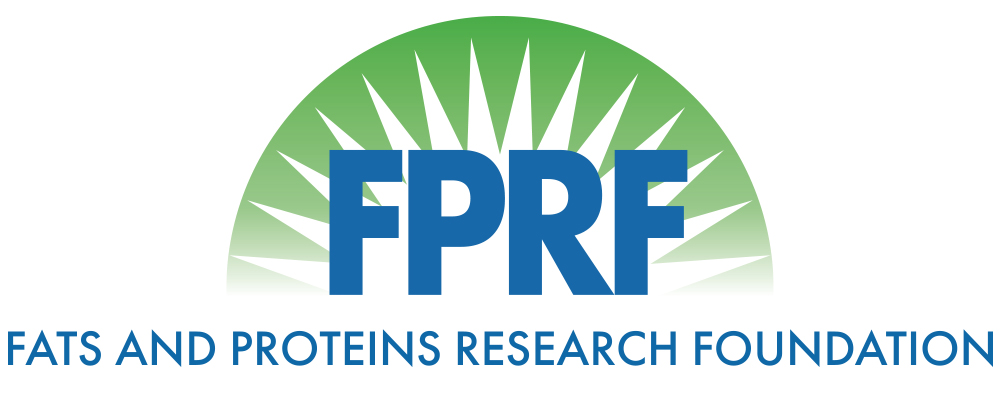The impact of rendered protein meal level of oxidation on shelf life and acceptability in extruded pet foods.
Title: The impact of rendered protein meal level of oxidation on shelf life and acceptability in extruded pet foods
Principle Investigator: Greg Aldrich
Year: 2012
Objective: a. Determine the effect of incorporating increasing levels of oxidation in rendered protein meals used to produce extruded pet food on markers of oxidation in finished product.
b. Determine the effect of increasing rancid ingredients on the shelf-life and acceptability of extruded pet foods.
Lay Summary/Industry Summary: The pet food industry is a $23 billion industry in the US that utilizes an estimated 8.5 million metric tonnes of raw materials. The author estimates that nearly 35% of that is derived from rendered ingredients – much of that from protein meals.
Lipids as bulk oil or protein meals can oxidize. Products from this oxidation can result in the loss of essential vitamins, fatty acids, reduce acceptance of the food, and even produce harmful elements that compromise animal health (Turek et al., 2001), alter the functionality of some ingredients, and make the food less marketable (Addis, 1986).
Pet food distributors and retailers expect the food to have a 1 year shelf life and more recently have been demanding 18 and 24 months. Aside from issues with logistics, warehouse management, and handling losses, the single largest factor to retaining product freshness and integrity is supposedly oxidation. The prevailing logic would suggest that fresh (unoxidized non-rancid) ingredients are essential to long shelf-life. Or conversely that oxidized ingredients accelerate product degradation and acceptability. Attempts to manage this have involved use of antioxidant preservatives, removal of oxygen, high barrier packaging, and rigorous testing for oxidation (mostly Peroxides).
The other major challenge with these assumptions are that the notion of what is “acceptable” to the pet or owner has not been defined. In essence what constitutes shelf-life itself is ambiguous. The most common measure of oxidation for ingredients and finished goods has been the peroxide value. Whether this measure in ingredients has relevance to shelf-life of the finished food or not, and whether it is reset by the food processing has not been addressed.
Therefore, the intent of this work was to gauge the impact oxidation (of rendered protein meals) has on finished pet food shelf-life and to what degree the process of producing pet food from oxidized ingredients has on oxidation measures.
Publications: The impact of rendered protein meal level of oxidation on shelf life and acceptability in extruded pet foods
